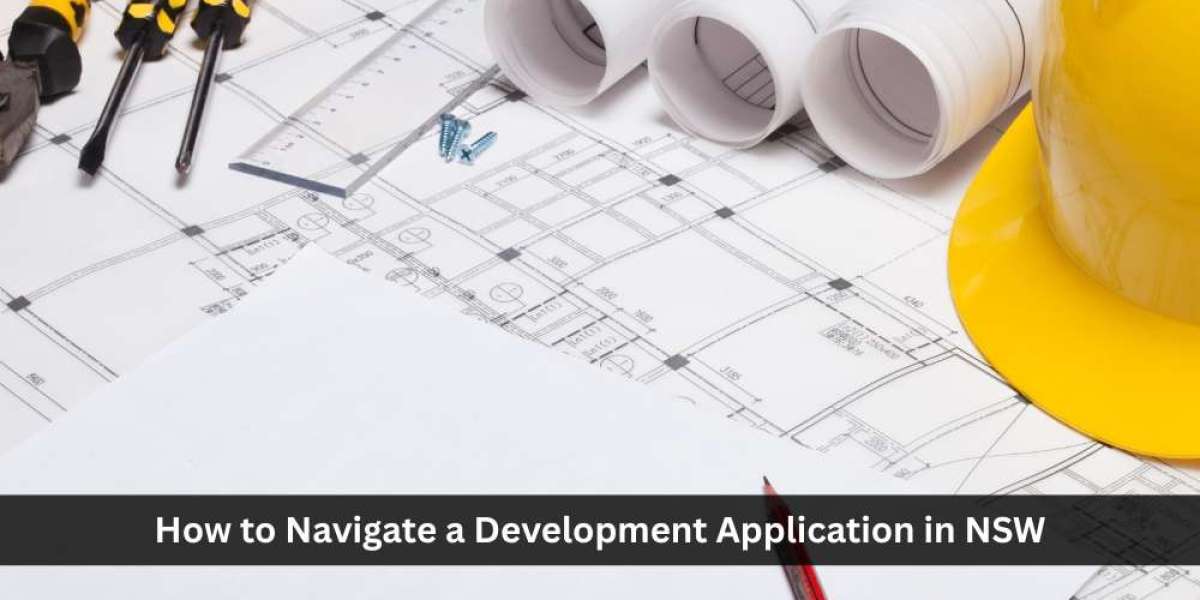Navigating the NSW DA process rarely feels linear. Rules shift between councils, forms multiply, and small mistakes snowball. If you’re planning a carport, a granny flat, or a multi-unit build, the Development Application is the gate you must pass. Its job is simple: match your idea to planning controls and environmental limits. Ours is to present the story clearly—plans, impacts, benefits—so assessors can say yes without hunting for basics. Do that well and momentum holds. Miss details and weeks vanish. Understanding expectations upfront, and designing to suit the site and street keeps the file moving and reduces the chance of avoidable rework and costly back-and-forth with council officers too.
What documents are essential for a DA submission?
You’ll need drawings, a planning statement, and impact reports that address the site and controls. Councils differ, but those three sit at the core. Expect a current survey, floor and elevation plans, and a Statement of Environmental Effects that connects your design. Depending on location, bushfire or flooding documentation, overshadowing and privacy diagrams, and a waste plan. Keep everything consistent—numbers, titles, revisions.
- Site plan showing boundaries, setbacks, and private open space
- Specialist reports for heritage, bushfire, flooding
- Structural details for new or altered works
Before lodging, plan how you’ll track progress using NSW DA tracking tools, which help set expectations and schedule trades sensibly.
How long does the approval process usually take?
Simple builds can be decided within a few weeks, while complex proposals often take months. Timeframes hinge on council workload and the completeness of your pack. As a rule of thumb, straightforward houses or alterations move faster than apartments or sites with constraints. How planning rules shape development becomes clear when missing info, redesign requests, or state referrals start to extend the clock.
- Small residential: roughly 40–60 days
- Larger projects or variations: 90+ days
- Extra assessments or redesigns add cycles
Public exhibition, if triggered, adds another window for submissions and responses, so factor that into your build program. Some councils pause the clock while they wait for extra info; avoid that by addressing likely issues upfront. Respond quickly and keep changes minimal to protect momentum.
How can applicants strengthen their approval chances?
Applicants improve approval odds by preparing a compliant, site-responsive proposal and engaging early with the council. That means anticipating concerns and showing how you’ve solved them.
Pre-lodgement meetings surface pain points—traffic, overlooking, overshadowing—before the meter starts. Design to the street: scale, setbacks, materials. Address neighbours with practical moves like window placement or screening. Use experienced planners and architects to stitch documents together so assessors can follow the logic without chasing loose ends. Where a variation is unavoidable, explain the planning logic plainly and demonstrate the positive outcomes. Photos, precedents, and 3D massing help.
Conclusion
Getting a DA approved in NSW isn’t about luck—it’s about preparation, timing, and precision. Each council applies state rules with its own interpretation, which adds to the challenges in NSW development applications and shows why being organised and informed matters. Pairing that understanding with careful planning can turn what feels like a bureaucratic maze into a clearer process.



